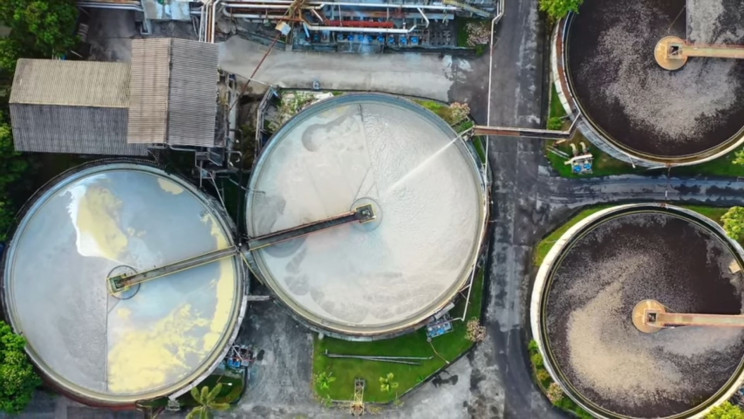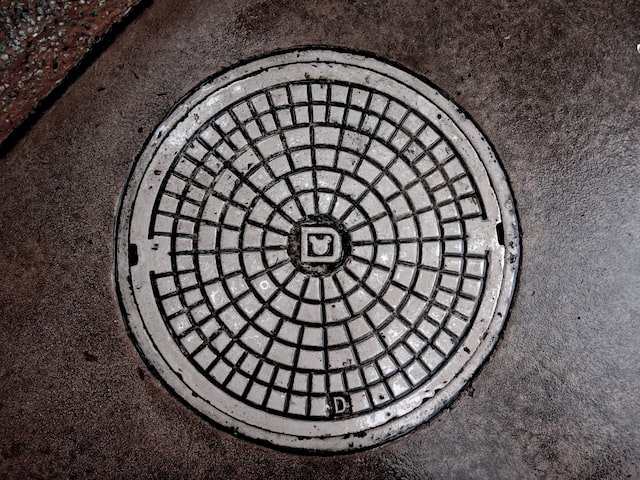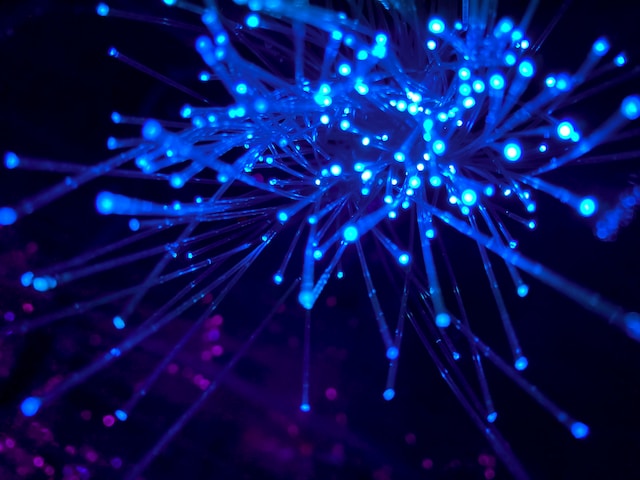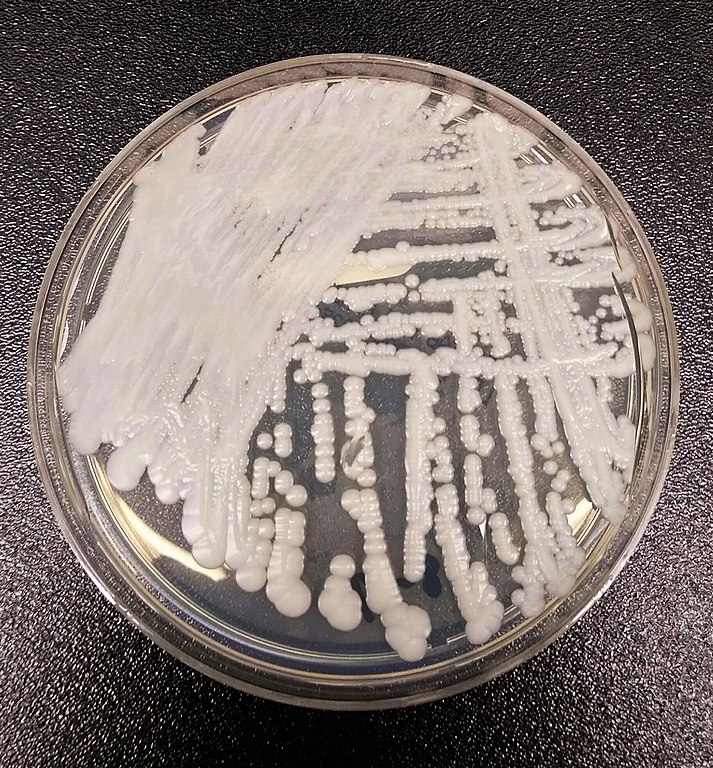About 70% of the earth’s surface is covered with water, but 97% of it is saltwater. Worldwide over 785 million people don’t have access to clean drinking water. Moreover, this issue is expected to worsen with time because of climate change that can lead to inconsistent and contaminated water supplies.
Now a study by Stanford University could help in using wastewater for maximum energy efficiency, pollutant removal, and resource recovery. They plan to use sewage not only for producing fresh water but also for materials used in fertilizers and batteries.
For purifying sewage water most common technique used is anaerobic filtration. This method necessitates a small amount of energy to purify a large amount of sewage water. But the harmful byproducts called sulfides produced during anaerobic filtration are very harmful to our health and the environment.
Researchers discovered a way to convert the poisonous sulfides into harmless molecules
These molecules so produced can also be highly useful resources for agricultural and rechargeable technology.
How they manage to do this?
For this study, researchers employed “electrochemical sulfur oxidation.” This process allows fine-tuned control of final sulfur products. As a result, these piousness chemical is completely eliminated from anaerobic filtration.
“The process I’m working on is to convert sulfides in wastewater electrochemically into something more valuable, for example, sulfuric acid, which can be used in many manufacturing processes and also fertilizers,” explained Xiaohan Shao, a Ph.D. student at Stanford University and lead author of the study.







